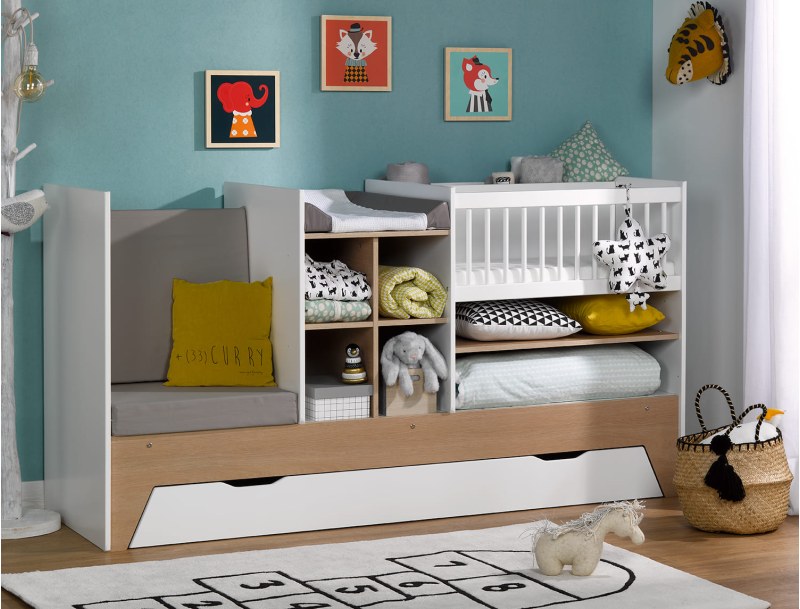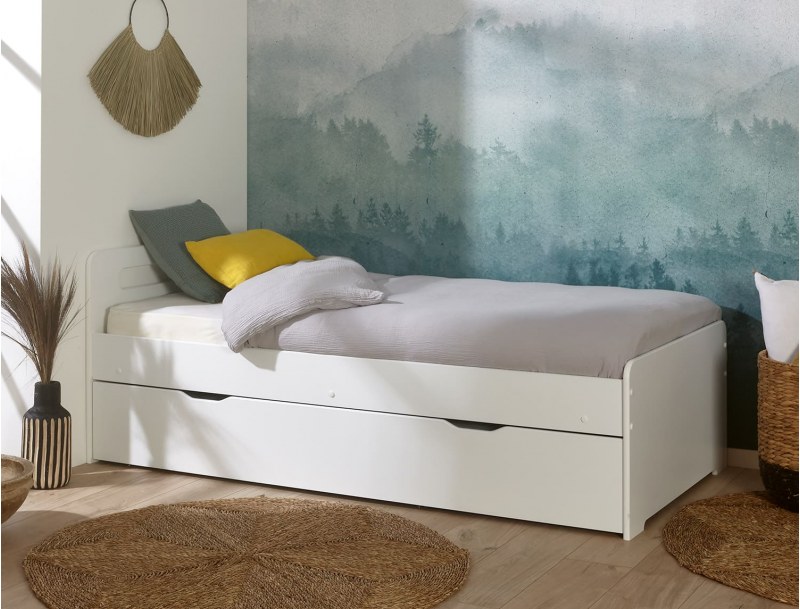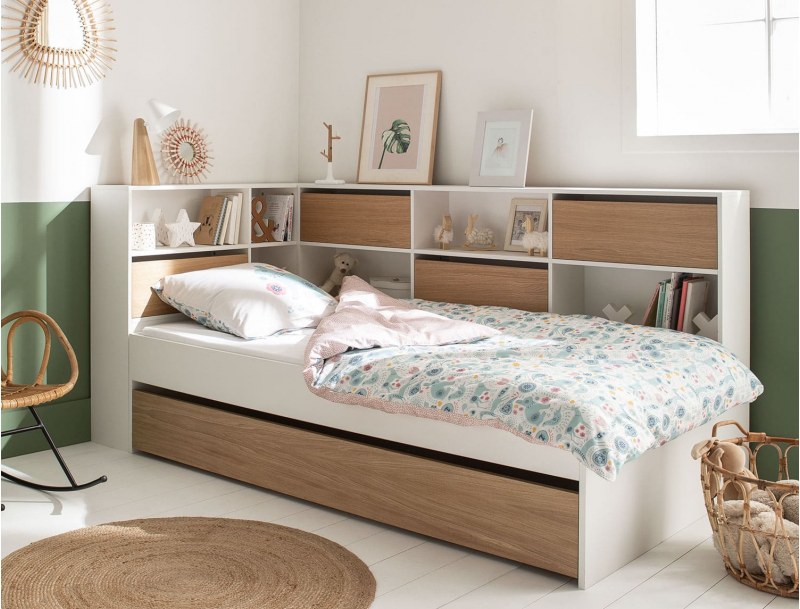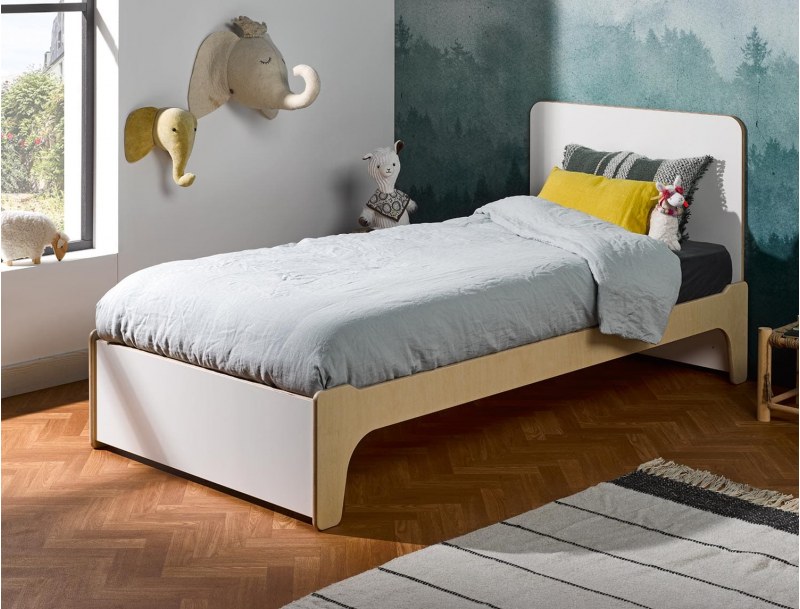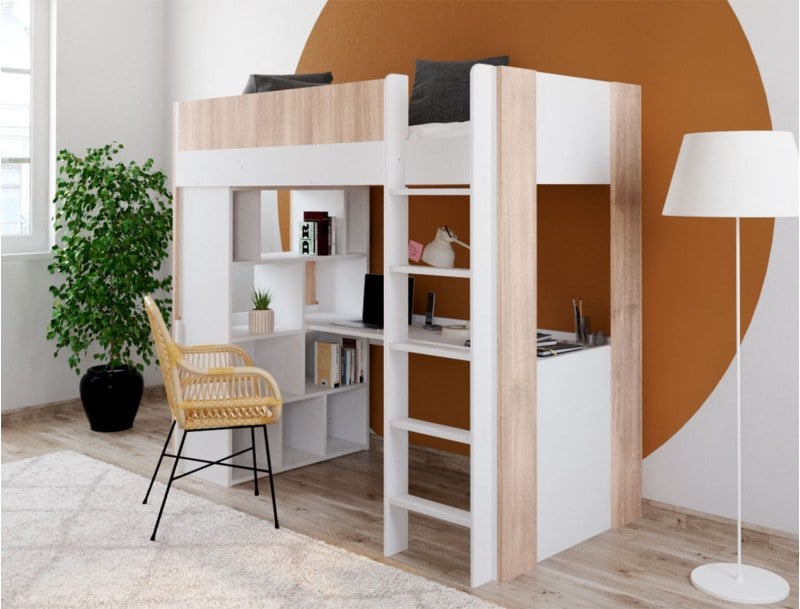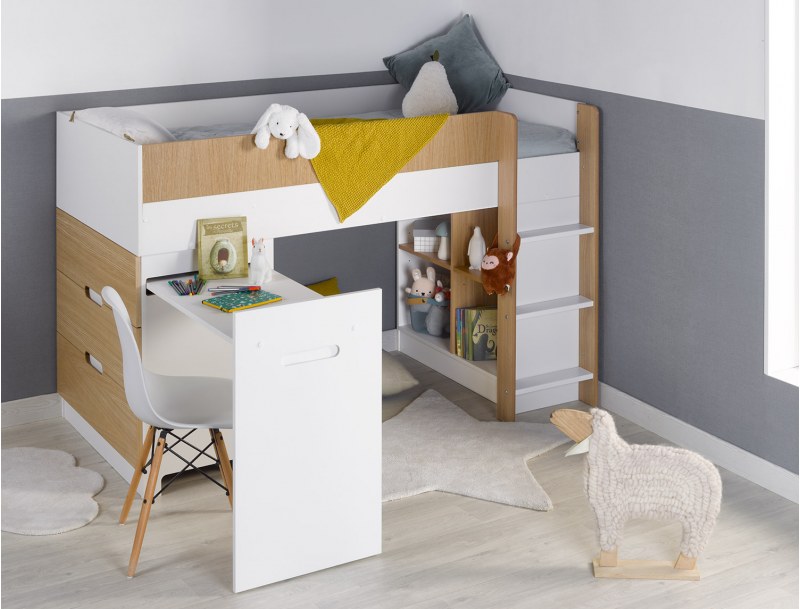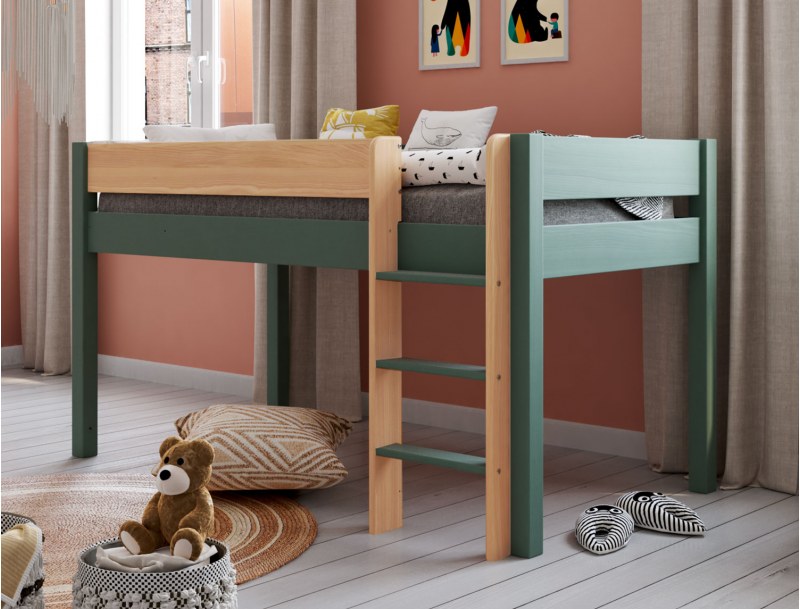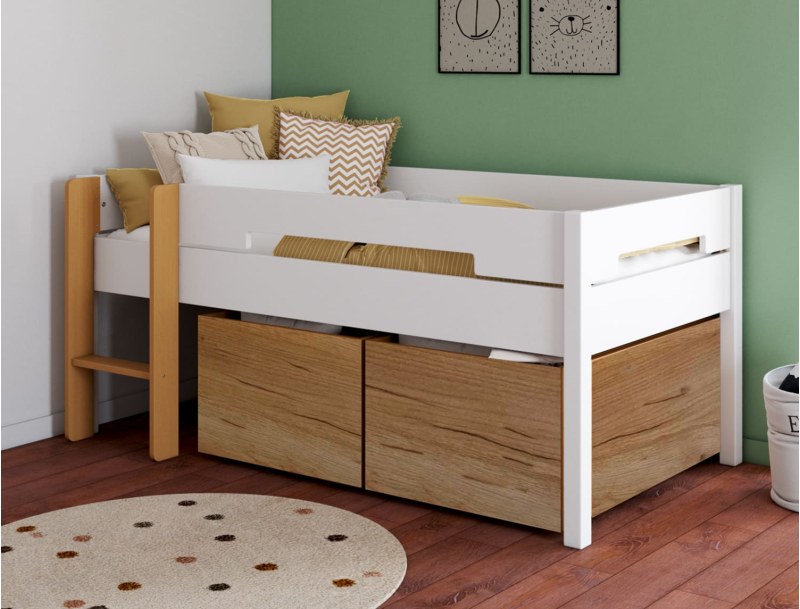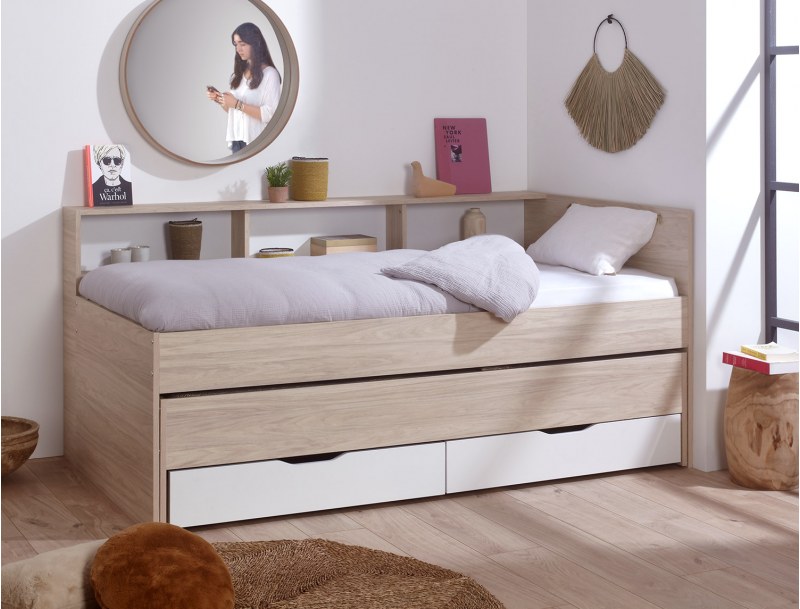What bed size for children at 2, 5, 10 years old
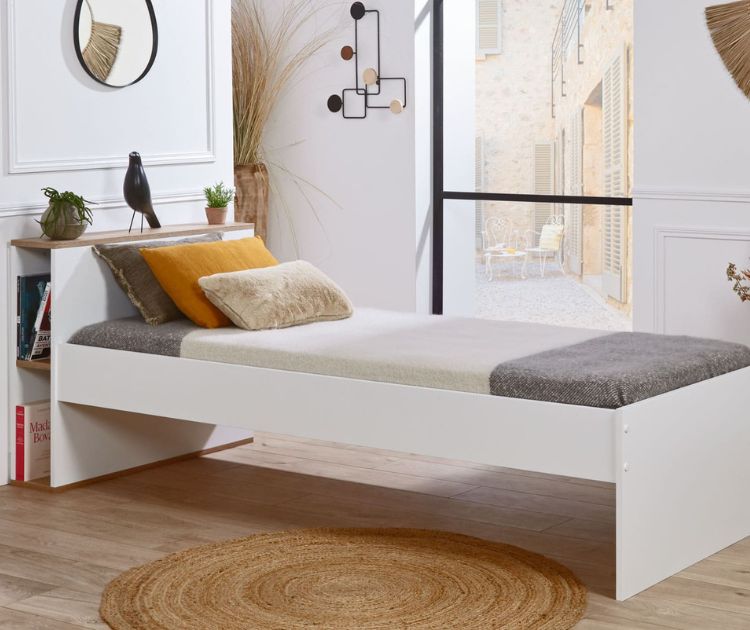
Ideal children's bed size:
is 90x190 optimal?
Throughout their early life, a child will need several different beds, depending on their growth, needs, and environment. First, they sleep in a bassinet (or co-sleeper), then in a crib.
But then? What is the ideal children's bed size, and when should you choose it?
Why is bed size essential for a child's sleep?
Sleep is the foundation of harmonious growth. And an ill-fitted bed is like shoes that are too small: discomfort, poor support, even sleep disorders. The children's bed size must therefore evolve with them, at the right time.
What children's bed size by age? (quick comparison)
Child's age | Standard bed dimensions (cm) | Recommended bed type | Key points & recommendations |
0 to 2 years | 60x120 70x140 | Bassinet / Crib | Firm mattress essential. Choose a crib with adjustable height. Safety first. |
2 to 5 years | 70x140 80x160 | Convertible bed / House bed / Montessori bed | Low bed recommended to prevent falls. Removable safety rail useful. Good transition after a baby bed. |
5 to 10 years | 90x190 | Classic children's bed / Trundle bed / Mid-height bed | Standard single size. Sufficient to accompany growth. Suitable for bunk beds. |
10 to 14 years | 90x190 90x200 | Single Bed / Loft Bed | 200 cm length recommended for tall children. Loft bed ideal for optimizing space. |
14 to 18 years | 120x190 140x190 | Compact double bed | More comfort for teens. Mind the available room space. Good compromise before an adult bed. |
🧠 Remember: The 90x190 cm bed is the standard format that accompanies your child through adolescence, even into adulthood. It's a durable choice, economical and adaptable.
What are the available children's bed sizes?
Today there is a wide variety of formats. Before discussing sizes, here are the main types of children's beds you'll find on our site:
- Daybed
- Trundle bed
- Loft bed
- Floor-level Montessori bed
- House bed
- Children's bed with storage
- Bunk bed or mid-height bed
Whatever your choice, you'll find a size suitable for your space and your child's needs in our selection of children's beds.
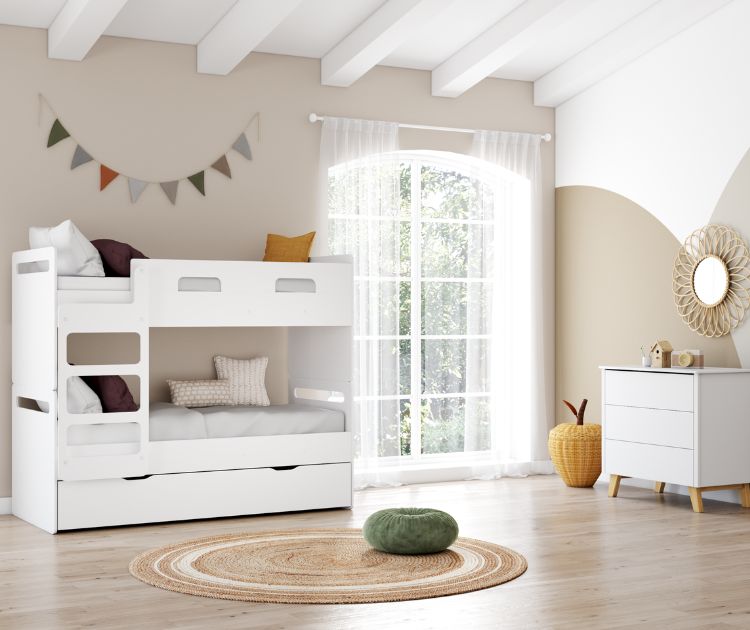
What size to choose for a 60x120 cm bed?
The 60x120 cm bed is the standard size for a bassinet or crib. It's intended for infants up to about 2 years, depending on their growth. It's a compact size, ideal for small rooms and co-sleeping.
This dimension allows keeping the child in a secure space, with a firm mattress essential for proper postural development. The base height is often adjustable, which makes parents' daily life easier.
👉 The 60x120 bed is the first step in the child's autonomy, before moving to a larger convertible or Montessori-style bed.
The 70x140 children's bed: an intermediate step
Often used as the end stage of a convertible crib, the 70x140 allows a gentle transition to a "big kid" bed. It's suitable up to 6 years, depending on the child's morphology. It's the ideal format to reassure a still fragile toddler.
Why choose an 80x160 cm bed?
The 80x160 cm bed is an intermediate size particularly suitable for children aged 2 to 6 years. It's an excellent compromise for those who have outgrown their crib but aren't ready for a 90x190.
Less bulky in the room, this bed reassures children who still need a cocoon to sleep peacefully. It's often associated with house beds or Montessori beds, and can include side safety rails.
👉 It's a perfect size for a smooth transition before moving to a classic 90x190 bed.
The 90x190 cm children's bed: the choice for lasting comfort
Standard single size, the 90x190 children's bed is an excellent long-term investment. It allows the child to move freely while sleeping, accommodate their stuffed animals, and even host a friend.
👉 Discover the Essential 90x190 cm children's bed, made in France with eco-responsible wood. Lasting quality, for quality sleep.
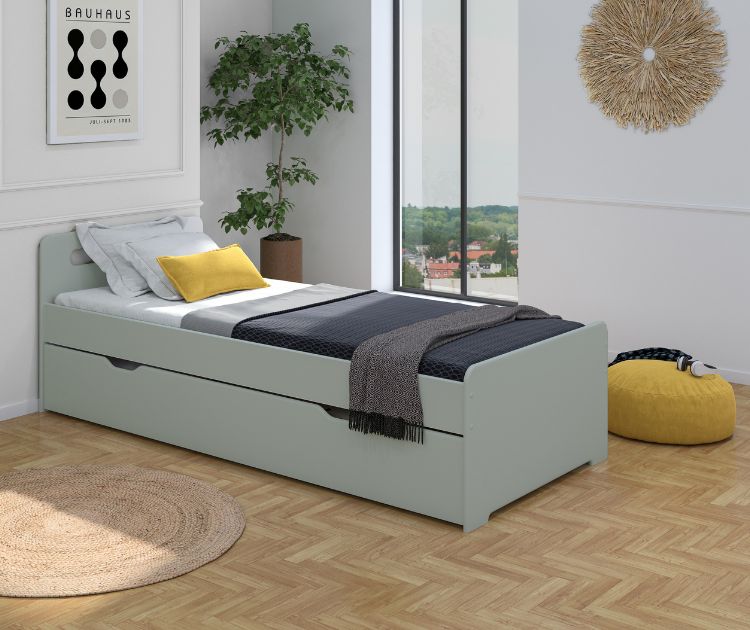
The 90x200 cm bed: for fast-growing children
A step above the standard format, the 90x200 cm bed is perfect for tall children, from around 10 years. It's an extended version of the classic single bed, offering 10 extra centimeters highly appreciated during adolescence.
👉 Choosing a 90x200 cm bed means anticipating growth while maintaining a compact bed suitable for a child's room.
120x190 cm bed: between single and double
The 120x190 cm bed is often considered a "small double" bed. It offers more space than a single bed without taking up as much room as a 140x190. This format is ideal from 12-13 years, especially if the teen likes to spread out during the night.
It's also a good solution for children who share their bed with a parent for bedtime stories or nighttime comfort. The wider mattress offers superior comfort, without compromising room layout.
👉 The 120x190 bed is the best compromise between comfort and space for preteens.
This format is also suitable for athletic teenagers or those who already measure more than 1.60m. It can be used in loft beds, storage beds, or daybed-style models
Convertible beds: a bed that grows with the child
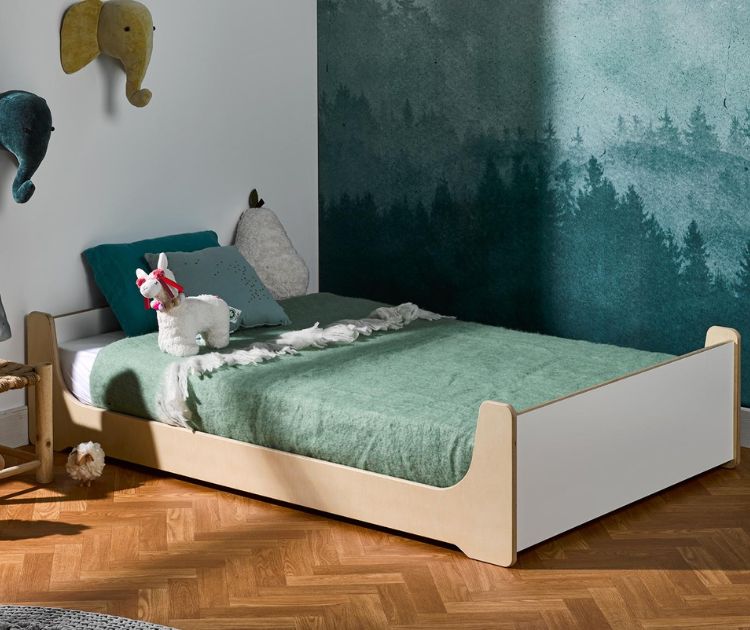
The convertible children's bed is a strategic choice for parents wanting to invest in a lasting bed that accompanies their child's growth for several years. These beds are designed to adapt to different development phases, thanks to an expandable structure.
📐 Typical dimensions:
- Starting point: 70x140 cm or 80x140 cm
- Possible extension: up to 80x190 cm or even 90x190 cm depending on models
For example, a convertible bed can be used from age 2 and accompany the child until 8-10 years without changing furniture. Some high-end models even allow reaching a standard size of 90x190.
This type of bed often comes with removable rails, an adjustable base, and a modular design, making it an economical, ecological, and practical solution.
👉 The convertible bed allows you to follow your child's growth without buying a new bed every 3 years.
Did you know? 🌙
According to several studies, a child sleeps an average of 10 to 12 hours per night. If the bed is too small, they may wake up often or sleep poorly. A bed adapted to their actual height + minimum 20 cm is recommended to promote deep sleep.
Frequently asked questions about children's bed sizes
When should a child transition to a big kid bed?
Generally, the bed change happens around 2-3 years old. Observe your child: if they climb over the rails or ask to "sleep like grown-ups", it's probably the right time.
📚 Also read our guide: When to switch to a big kid bed?
How to know if my child's bed is too small?
If their feet touch the end of the bed or if they complain about lack of space, it's a clear signal. You can then consider a 120x190 or 140x190 cm bed, especially for preteens and teens.
The 3 common mistakes to avoid when choosing bed size
❌ Choosing a bed that's too small "for later": the child will quickly outgrow it.
❌ Opting for a too large size at age 2: this can cause anxiety.
❌ Neglecting room space: a too-large bed = less space to play.
Choosing the right mattress and accessories
A good children's mattress is as important as the bed size. For a 90x190 bed, choose a mattress adapted for children, firm and breathable. The Oeko-Tex Standard 100 certification is a mark of safety.
For the children's duvet: prefer a 140x200 cm, perfect size for a 90x190 bed. Add an ergonomic pillow adapted to their morphology.
In conclusion
Choosing the right children's bed size means supporting their autonomy, preserving their comfort, and offering them a secure space. Between the 70x140 cm for little ones and the 90x190 cm for long-term use, each format has its place. Observe, adapt... and let them grow peacefully.




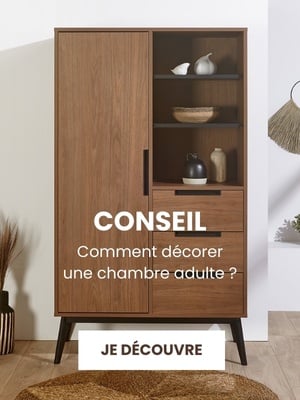








 Choosing the right baby blanket dimensions according to season and age
Choosing the right baby blanket dimensions according to season and age
 How to attach a headboard (with or without drilling): quick and effective soluti
How to attach a headboard (with or without drilling): quick and effective soluti
 Waterproof sheet or mattress protector: the best solution by age group
Waterproof sheet or mattress protector: the best solution by age group
 27 Original, Useful, and Trendy Christmas Ideas for Teens 2025
27 Original, Useful, and Trendy Christmas Ideas for Teens 2025
 Christmas Activities for Baby: Creative Ideas for Home & Daycare
Christmas Activities for Baby: Creative Ideas for Home & Daycare
